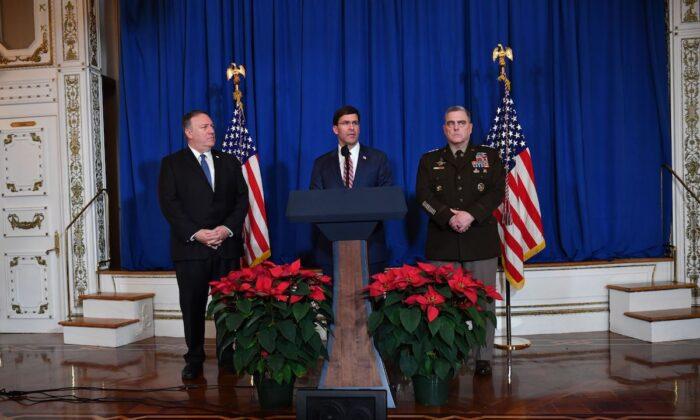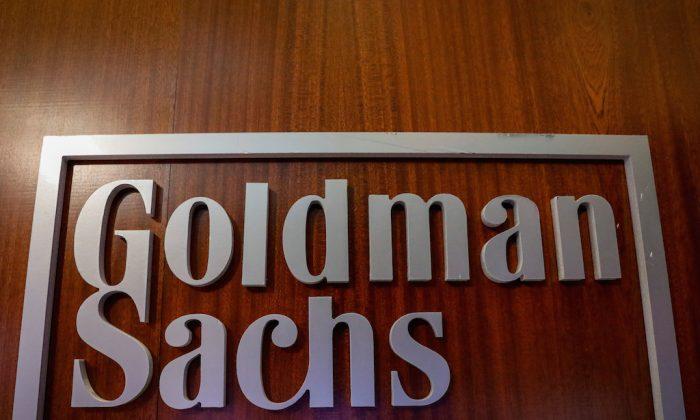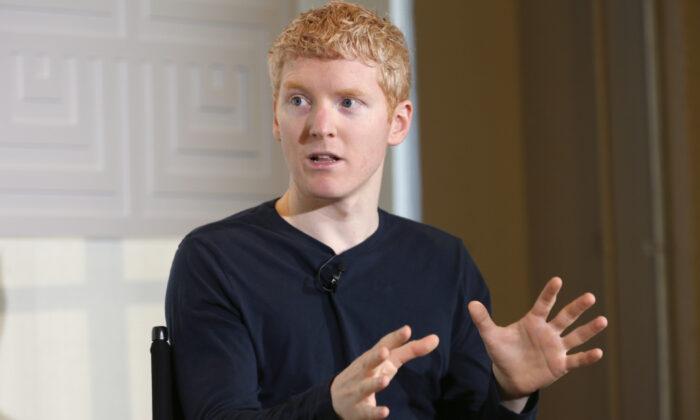What do chief executive officers do? They go to meetings, mainly. When not in meetings, they spend a lot of time on email.
So CEOs are just like other people! (Other people with white-collar jobs, at least.)
Still, there are some areas where the 27 CEOs whose days were tracked for three months for a study just published in the Harvard Business Review stand out from regular folks. Who they meet with, for example:
On the off chance you’re not familiar with the term, “direct reports” is the people whose performance evaluations you’re responsible for. In the CEO’s case, that’s going to be 10 or so top executives. Add in the “other senior managers” category, and CEOs spent 55 percent of their meeting time with high-level executives at their own companies. That’s interesting, especially given that they only spent 3 percent of their meeting time with customers and 1 percent with suppliers.
Other findings from the study by Harvard Business School professor Michael E. Porter and Dean Nitin Nohria include:
CEOs spent 72 percent of their work time in meetings. Most of their meetings lasted an hour or less, but 17 percent lasted more than two hours. Of CEOs’ non-face-to-face communications, 62 percent were electronic and the rest by phone or letter. The CEOs worked an average of 62.5 hours a week, slept 6.9 hours a night and got 45 minutes of exercise a day. They worked 3.9 hours a day on weekends and 2.4 hours on vacation days.The CEOs surveyed were all recent graduates of HBS’s New CEO Workshop — led by Porter and Nohria — who agreed to have their executive assistants code their time in 15-minute increments, 24 hours a day and seven days a week, for 13 weeks. Porter and Nohria call it “the first comprehensive and detailed examination of CEO time use in large, complex companies over an extended period.” They contrast it somewhat dismissively with the classic study of CEO time use, an examination of five CEOs’ work weeks conducted in 1967 and 1968 by Henry Mintzberg for his doctoral dissertation at the Massachusetts Institute of Technology’s Sloan School of Management.
In ignoring Mintzberg’s findings, though, they miss an opportunity to explore one of the most interesting aspects of CEOs’ time use: how it has changed. So I decided to do it for them, consulting the 1973 book in which Mintzberg published his results and a 1975 Harvard Business Review article that discussed them some more, and talking to Mintzberg, a professor at McGill University in Montreal. And yes, I realize that studies of five and 27 not-randomly-selected subjects are not going to tell us much of anything that would stand up to statistical scrutiny, but the differences do seem worth at least discussing.
The most striking difference has to do with hours worked. The five CEOs Mintzberg tracked worked an average of 40.4 hours a week. The modern CEOs, as noted, worked 62.5 hours a week. Broader surveys of hours worked in white-collar jobs in the U.S. also show big increases since the 1970s, so this shift is almost certainly real and meaningful.
There was also an apparent shift in whom the CEOs talked to. Mintzberg’s CEOs devoted less than half the time spent in talking to others in person and on the phone (48 percent) to subordinates. The Porter-Nohria study just measured who CEOs met with but found that they spent fully 70 percent of their meeting time with subordinates. The late-1960s CEOs spent 3 percent of their verbal-contact time with customers, the same as in the modern study, but 17 percent with suppliers and associates and 11 percent with peer and trade organizations.
Mintzberg’s CEOs also initiated just 32 percent of their contacts; the Porter-Nohria CEOs initiated 51 percent of meetings themselves. Contacts aren’t exactly the same as meetings, and differences in how an outside observer and an executive assistant might classify things could also be playing a role here. And again, the biggest differences here may just be in the sorts of CEOs whose days Mintzberg and Porter-Nohria chose to track. But after reading through the Porter-Nohria article a couple of times, Mintzberg said he was left with the impression that current CEOs really do have a more top-down, deliberate, “lofty” approach than those he followed around in the late 1960s.
“They pay lip service to being flexible and all,” he wrote in a follow-up email, “but meanwhile they want strong agendas and [are] driven to the point of expecting other people to adhere to this.” They are trying to be leaders, not managers.
Mintzberg has spent much of his career extolling the less glamorous aspects of management and decrying the growing emphasis on “leadership” at HBS and other business schools, so to some extent this is just another episode in a long-running debate. The leadership camp has some evidence on its side: In yet another study of CEO time use, published last year, researchers from HBS, Columbia Business School, the London School of Economics and the University of Oxford found that CEOs who spent more of their time in “multi-function, high-level meetings” (“leaders,” in their nomenclature) achieved bigger productivity gains than the “managers” who concentrated on “one-to-one meetings with core functions.” Then again, the leaders may also pose higher risks. Mintzberg once took a look back at 19 Harvard MBAs extolled as superstar executives in a 1990 book and found that
A majority, 10, seemed clear to have failed, meaning that their company went bankrupt, they were forced out of the CEO chair, a major merger backfired, and so on. The performance of another 4 we found to be questionable.
I’m not going to settle the leadership-management debate here. I can observe that modern CEOs work really hard but don’t seem to get out in the world very much.
From Bloomberg




